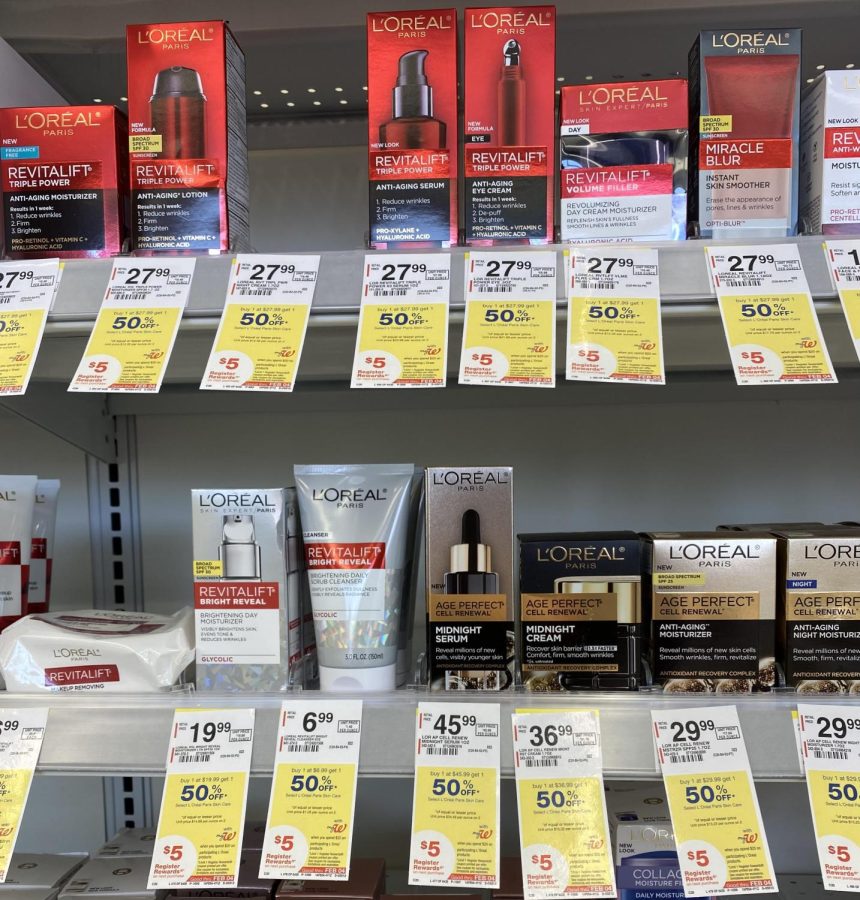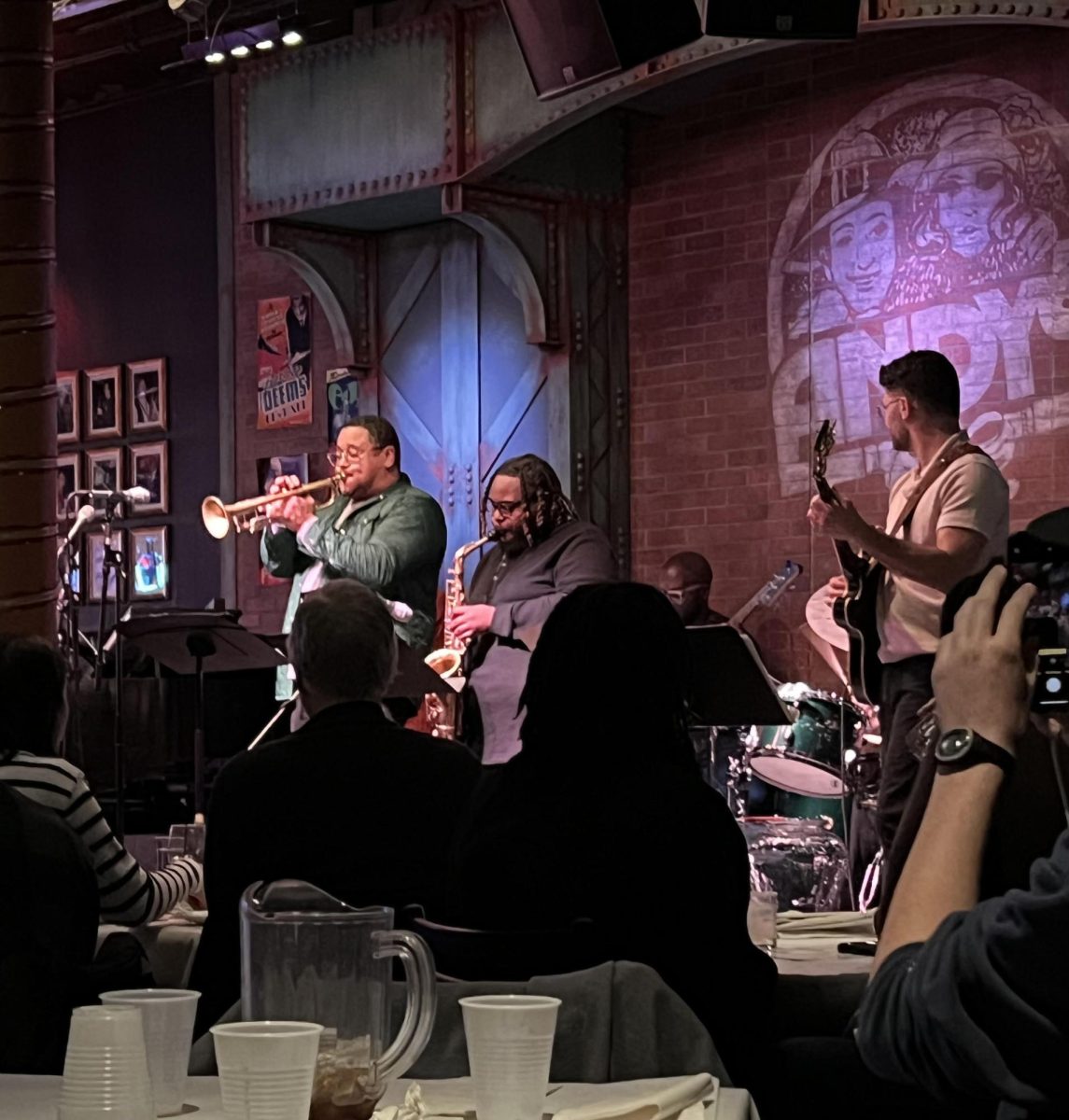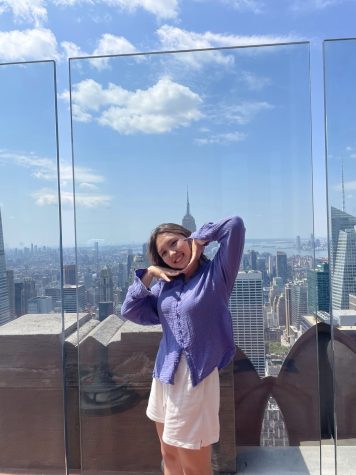During adolescence, the worries of face wrinkles and gray hair are far from one’s mind. But after reaching a certain age, women find themselves trying their best to slow, even prevent, aging to preserve the “youthful” glow that society prizes.
The anti-aging industry has been profiting off women’s insecurities since the late 1920’s with the first cosmetic hormone cream. Introduced to the United States in 1927 by Florence Wall, Amor Skin was a German cream made with glandular secretions from a tortoise. Although not very successful at the time, it revolutionized cosmetics.
This sudden focus on keeping the skin vibrant with youth paralleled the emergence of flappers, who were not only venerated for their free expression and liveliness, but also their youthful and innocent look.
Today, the cultural expectations for older women reside within the spectrum of youthful, fresh complexions.
Why is it that women put so much effort into their day and nighttime routines? From exfoliating, hair oiling and face shaving to superfluous 10-step skincare routines, women are conditioned to believe these rituals are necessary to maintain their femininity.
Impressionable youth are constantly influenced by online beauty content that tells them using ‘x’ product for their skin is a necessity to not suffer the repercussions in later years. A prominent example of this is the double cleansing method, which involves washing the face first with an oil-based cleanser to remove makeup and sebum and then using a water-based cleanser to rinse off dirt and pollution.
While the benefits of double cleansing are scientifically proven to be effective, the routine can be time-consuming and excessive. Behind the scenes, some women use luxurious products and even have expensive procedures performed in order to achieve their age-defying appearance.
Carrying on to more extreme measures, the massive uptake in popularity of plastic surgery, such as botox, has created unrealistic beauty standards for girls and harmful mindsets that are likely to carry on later into adulthood.
Cosmetic doctor and physician Dr. Jiyeh Joo uses her Instagram platform to share health and beauty tips. In one reel titled “3 Things I Would Never Do as a Cosmetic Doctor,” she promotes not making excessive facial expressions, as it could “lead to faster wrinkle formation and static lines.”
Joo continues to express that prevention or botox is imperative, giving the impression to viewers that wrinkles on an older woman is unacceptable. The extent to which women go in order to feel valued reinforces perfect appearances as the pinnacle of their existence.
Social media filters and photoshopping, along with a focus on youthful appearance, have perpetuated a glamorized standard of beauty, promoting the notion that “true beauty” means looking young forever.
These beauty practices that pervade social media and famous influencers impart negative sentiments towards aging to younger womens’ subconscious minds.
Mother and teacher Lynne Lundberg has many young women in her life that she cares deeply for and, as a result, has noticed these negative attitudes towards aging in popular media.
“Think about Disney princess movies and who the villains are: mainly middle-aged women. Cruella de Vil, Ursula, Cinderella’s step-mother, the Queen in Snow White. We don’t have images of middle-aged women that are generally kind,” Lundberg stated. “So if we had more images of women who aren’t kindly grandmas but also aren’t evil and jealous of youth and beauty, if we had images that were complementary but not condescending, I think it would be easier for younger women to view middle age as just a stage and not something to be feared or worried about getting to.”
Depicting Disney villains as vile, old women filled with jealousy neglects an accurate portrayal of real women. This harmful representation is passed on to younger generations and could potentially be damaging for how they perceive aging.
While teaching AP Language and Composition, Lundberg covered the modes of persuasion and how they influence consumers to buy certain products. One observation she noted was the imbalance of advertisements between men and women that presented a flaw and then introduced a product to correct it. Companies are aware of the disparity in beauty fixations, using it to their benefit by targeting women’s aging as a target of insecurity.
Companies are also known to price facial products for anti-aging benefits higher for women than for men. The Daily Share created a Youtube video on the “woman tax,” or gender-based pricing. In a side-by-side comparison, the Neutrogena Healthy Skin Anti-Wrinkle Cream for women and Neutrogena Men’s Age Fighter Face used the same ingredients, but was priced higher for the woman’s version by $1.07.
As someone who experienced the graces of aging through her mother, senior Elyanna Toulou approaches aging in a different and more positive light.
“Our society has such a negative view of age and all the features that come with aging. People will do botox and special creams to try to prevent wrinkles because they think wrinkles will make them less beautiful. To me, aging is a natural process of life and doesn’t mean that you are less good-looking. In fact, I’ve seen people get even more beautiful with time,” Toulou shares.
There is a notion that as a woman ages, she loses her attractiveness, becoming undesirable in the eyes of men. The epidemic of male validation has plagued standards for women for centuries and continues to play a large role in degrading middle-aged women.
Rather than trying to fight against the natural progression of time, younger women can view aging as a journey filled with opportunities for growth and development. As women mature, they gain valuable life experiences and wisdom, and have more time to pursue their passions. Embracing this perspective can help women open up to the beauty and value of life.
Lundberg has endeavored in adopting this perspective, starting with a large transition in her appearance. “Around seven or eight years ago, I knew I was ready to stop dying my hair and I knew that it would look better all gray. It was a very gradual process but I found it to be very liberating to stop worrying about whether I was keeping up with dying my hair. And very few men feel that same pressure,” she noted. “We have a word for a man with gray hair that’s complimentary: silver fox. We don’t have a word for women with gray hair that has the same positive connotations.”
External influences such as plastic surgery and anti-aging routines have been introduced to women at such a young age, pressuring them to conform to these feminine beauty ideals. High expectations are placed on young women and have become so deeply ingrained in our society that it negates all the other wonderful aspects of growing up.
While still early in their life journey, young women should be encouraged to look forward to every stage of life as full of possibilities, not anything to be feared or delayed.















